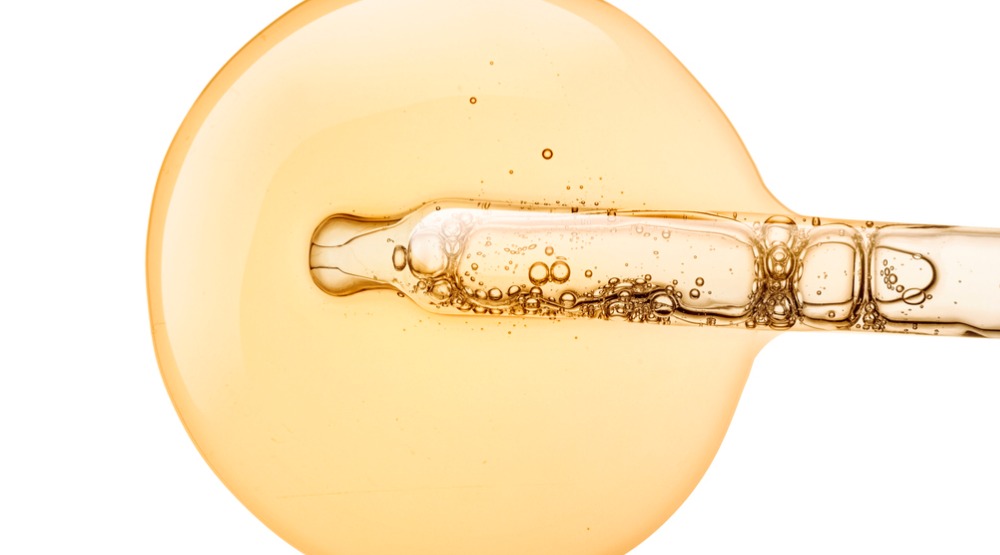Argan oil might no longer be front of mind thanks to newer, trendier oils in recent years but don’t discount this cosmetic workhorse yet.
This centuries-old ingredient was launched into the mainstream by brand MoroccanOil in 2008, and it’s now used all over the world in everything from moisturisers to serums, tinctures and more. Demand for argan oil as a cosmetic ingredient is still growing globally, with its market anticipated to double in value in the next ten years.
What is it?
Argan oil is extracted from the seeds within the nuts that grown on the argan tree (Argania spinosa) mainly in Morocco. Also know as liquid gold thanks to its deep yellow hue, argan oil is rich in essential fatty acids, vitamin E and antioxidants and works as a hydrating, moisturising and repairing ingredient in haircare and skincare products.
Where’s the opportunity?
While there are competing estimates as to the value of the market, all players agree that it is growing in value in coming years, following a single-year slump in 2020 due to Covid-19. Grand View Research estimates that the 2019 value of the argan oil market was USD 223.9 million and is set to grow to USD $507.2 million by 2027. ESOMAR-certified market research and consulting firm has recently published a detailed revised report on the global argan oil market. According to the published report, the market is expected to surpass a valuation of US$ 156 Mn and expected to expand at a healthy CAGR of around 7% over the 2021 to 2031 forecast period.
The argan oil market is a fragmented one, with various players and manufacturers. Much of the high-quality oil comes from womens’ cooperatives in Morocco. The oil can be extracted manually or mechanically. Some brands have identified the market potential early, Inspired Beauty Brands in the US for example, and are looking to consolidate market share with expanded distribution networks across entire territories.
Businesswire reports continued innovations with the ingredient. Israeli company Sivan is developing a super strain called as Argan 100, which is capable of tolerating a Mediterranean climate and can manufacture 10 times more nuts as compared to the average trees of Morocco.
According to Fact.MR, the B2B packaging segment is anticipated to create an opportunity of close to US$ 100 Mn in value over the next decade.
Fact.MR writes that the main applications for the ingredient are for “skincare issues such as acne, eczema, scar tissues, dry skin, and psoriasis. Antioxidant and fatty acids properties of argan oil are good for nourishment of the hair, which keeps it moisturized and protected from damage due to free radicals. This results in less breakage and shedding. Argan oil is rich in antioxidants, nutrients, and inflammatory components that are beneficial for treating chronic illnesses.
Consumer demand is fuelling the growth in this market. Fact.MR writes that “Argan oil is primarily used for nourishment of the skin, enriched with vitamin A, vitamin E, fatty acids, and anti-aging property. It helps cure some dermatological issues such as acne, eczema, scar tissues, dry skin, psoriasis, and many more.
Prominent players in the skincare and cosmetics market are taking initiatives and performing research & development on new products incorporated with argan oil. This a potential driving factor for the sales of argan oil, with demand expected to rise even faster over the coming years.
L’Oréal and Unilever have exported a major chunk of argan oil produced in Morocco in the past years for the manufacturing of different hair care products.”
—
Read the current issue of our digital magazine here:
For more news and updates, subscribe to our weekly newsletter
—
Have an idea for a story or want to see a topic covered on our site and in our pages? Get in touch at info@professionalbeauty.com.au.

